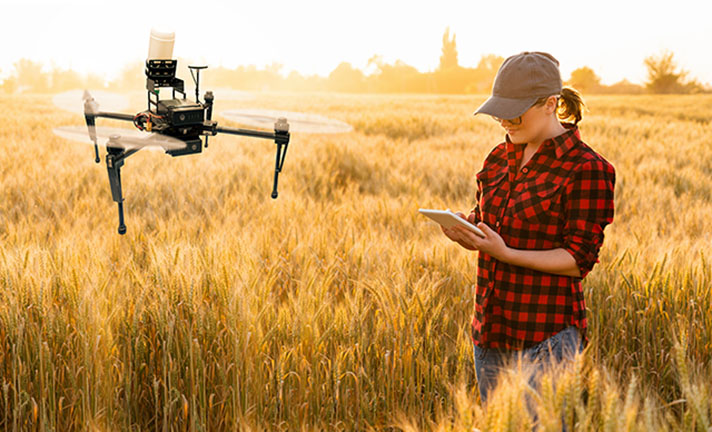What is IoT?
Twenty-five years ago not many people knew what a website was. Fifteen years ago no one had heard of smartphones; these words would have been meaningless. So what about ‘IoT’, a term that has been around for a few years and has only found occasional use in the mainstream media. It stands for ‘The Internet of Things’, leaving most people none the wiser!
We all know what the Internet is but what are those ‘things’? They are machines, devices, vehicles, buildings and even things people wear. All these things have value to us and benefit from being connected to the internet.
So, what kind of things get connected to the internet? Here are a few examples:
- Vehicles (trucks, cars, vans, bikes)
- Alarm systems (fire, smoke, security)
- Temperature sensors
- Electricity, Gas and Water meters
- Tanks (holding chemicals, water, fuel etc)
- Pipes (carrying chemicals, water, fuel etc)
- Vending Machines
- Car Parks
- Street lights
- Recycling bins
- Wearable devices (heart monitors, fall detectors, body cameras)
‘Why do you want to connect things to the Internet?’
These things all have some value, they are products or services being sold, used or managed by private and public organisations. They are also remote from the people who sell, use or manage them. Having a person watching a machine all the time is impractical and costly. Some of these things are on the move, constantly changing location, some are static, monitoring events or just waiting for something to change before they send a message. These things all have different functions, a vending machine and a heart monitor are very different things but they all have one thing in common, they generate data. The data they send allows us to know what state they are in, if the bin is full, the credit card has cleared, the parking space is free or occupied and where your delivery truck is. Taking the list of things above as examples, here is a table explaining why they get connected.

Why Connect?
| Things | Why Connect them? |
|---|---|
| Vehicles | Where are they? How are they being driven? Are they working properly? |
| Alarm systems | What state are they in, working, faulty or triggered? |
| Temperature Sensors | Too high, too low? Depending on the parameters you have set |
| Meters | How much has been used? |
| Tanks | Is it full? Empty? Higher than a level you set? |
| Pipes | Is it leaking? What rate of flow is going through it? |
| Vending machines | Does it need refilling? What products are selling best? How much money has it taken? |
| Car Parks | Is a space occupied or not? Is my payments machine working? Can I see what's going on there? |
| Street lights | Are they on or off? Has one failed? Can I adjust the times the work remotely? |
| Recycling bins | Are they full and need emptying? |
| Devices attached to people | Has the person fallen over? Are they in danger? What is their heart rate? |
Why Connect things to the Internet?
Before the Internet existed there were still assets which needed monitoring. It was possible to do that using everything from a simple phone line (e.g. BT Redcare for burglar alarms), dedicated radio networks and even satellites. The cost of doing this was high as the organisation wanting to connect these machines had to build or rent their own network capacity to bring the data from the device back to their IT systems. The Internet gives us a common infrastructure that is shared and consequently much, much cheaper. Given that we all have internet connections, all we need to do now is find a way of getting the data from our ‘thing’ back to the internet. There are many ways of doing that using a wide range of telecommunications technologies.
A company or public service wanting to connect their assets or products can chose anything from a phone line, a mobile phone network, or a whole range of wireless technologies such as LoRa and Sigfox . There are also combinations of technologies we call ‘Hetnets’, these are hybrid networks using a mixture of technologies such as wi-fi together with 4G for example, or LoRa plus a satellite connection. There are many technologies and combinations of technologies to consider and at Hyphabit we will help you find the best way to connect your things.
That’s what IoT is all about, connecting things to the internet that have value to you or your customers.
Read more about ‘How can the IoT benefit my business?’

